Prologue: The Pink Umbrella
March 1, 2014. A security camera at a D.C. Holiday Inn captures a blurry figure entering the side door. A tall man with a slouched gait walks beside a little girl wearing a bright coat. She clutches a pink umbrella like it’s her only shield from the world.
That girl was Relisha Rudd. It would be the last confirmed sighting of her alive.
The Setting: Life at D.C. General
To understand Relisha’s story, we must understand where she lived.
D.C. General Hospital was once a functioning public medical facility. In 2001, it was shut down and transformed into the city’s largest emergency family shelter. By 2014, it housed more than 270 families, including over 600 children. The shelter was overcrowded, crumbling, and dangerous.
There were broken security cameras, poorly lit hallways, and unmonitored visitors. Violence was common. So was silence.
Relisha's mother, Shamika Young, lived there with her children. Life was unstable. Shamika had no job and few support systems. Relisha, the second oldest of four, often seemed quiet and detached, but teachers said she lit up in class.
One teacher remembered:
"She would show up with her hair freshly done and her uniform tidy one day, then be tired and withdrawn the next. It was like she lived two different lives."
The Janitor: Kahlil Tatum
Kahlil Malik Tatum worked at D.C. General as a janitor. He had no business being around children, yet he was often seen handing out treats and toys.
He groomed access over time—especially with Relisha. He gave her gifts: a tablet, new clothes, a stuffed animal. Shamika allowed Relisha to spend time with him unsupervised. Sometimes, Relisha stayed with Tatum overnight at motels.
There were no formal checks in place to prevent this.
No one at the shelter stopped him.
No social workers questioned his presence.
No reports were filed.
Timeline of Events
February 25, 2014: Relisha is last seen in school.
February 26 – March 19: Shamika provides forged notes from “Dr. Tatum” excusing Relisha’s absences.
March 1: Surveillance footage captures Tatum and Relisha entering a Holiday Inn Express in Southeast D.C.
March 2: No further public sightings of Relisha.
March 19: School social worker calls Child and Family Services. They realize Tatum is not a doctor.
March 20: Amber Alert issued. Police begin searching for both Relisha and Tatum.
March 20 (later that day): Andrea Tatum, Kahlil’s wife, found shot dead in a Prince George’s County motel.
March 31: Tatum found dead in Kenilworth Park, suicide by gunshot. No sign of Relisha.
The Aftermath: A Case with No End
Investigators combed through Kenilworth Park, draining ponds and searching the woods for weeks. Hundreds of volunteers joined the search. Cadaver dogs were brought in. Drones scanned the area. Nothing.
To this day, no trace of Relisha Rudd has ever been found.
No charges were filed against her mother. No arrests were made. The shelter has since been shut down. But for those who followed the case closely, the damage remains.
A former D.C. Metropolitan Police officer admitted:
“It was a system failure. From the school, to child services, to the shelter. Everyone missed the signs.”
Voices of the Forgotten
Shamika Young, Relisha’s mother, gave conflicting interviews. At times she blamed the police. Other times, she denied responsibility.
“I didn’t let her go with just anybody. He was like family.”
— Shamika, in a 2016 interview with WUSA9
Critics argued she was negligent. Others argued she was a victim of generational trauma and a broken system.
Martina Rudd, Relisha’s aunt, led several marches.
“Relisha mattered. Just because she was a poor Black girl doesn’t mean her story should disappear.”
Theories and Possibilities
Though no one has been able to confirm what happened after March 1, several theories persist:
Tatum killed her shortly after the hotel visit and disposed of her body before killing his wife and himself.
She was trafficked. Some believe Tatum may have handed her off to someone involved in sex trafficking before taking his own life.
She is still alive. Sightings were reported in Georgia and North Carolina in the years following her disappearance, but none were confirmed.
The FBI continues to list her as Missing Person #11424.
Legacy: The Child the System Lost
The story of Relisha Rudd is not just about one girl—it’s about many.
It’s about how poor, Black children can vanish without national uproar. How bureaucracies bury warnings. How predators manipulate gaps in oversight. And how trauma passes from generation to generation, unnoticed, until it becomes tragedy.
Relisha’s room at D.C. General was cleared out weeks after her disappearance. Her toys discarded. Her clothes donated. Her memory, to the city’s shame, nearly erased.
"If her name was Emily or Hannah, would the nation still be looking for her?"
— Protester, 2020 March for Black Girls
Postscript: What You Can Do
If you have information about the whereabouts of Relisha Rudd, contact the FBI Washington Field Office at 202-278-2000 or submit a tip at fbi.gov.
To support missing children of color, visit:
Black and Missing Foundation – blackandmissinginc.com
National Center for Missing & Exploited Children – missingkids.org

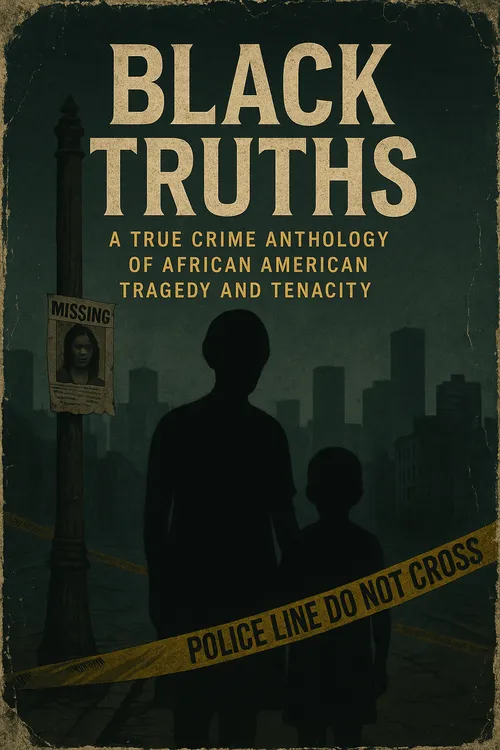




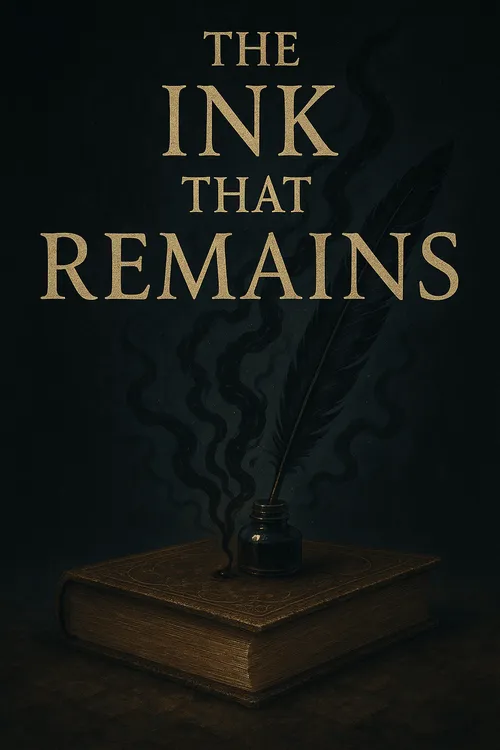



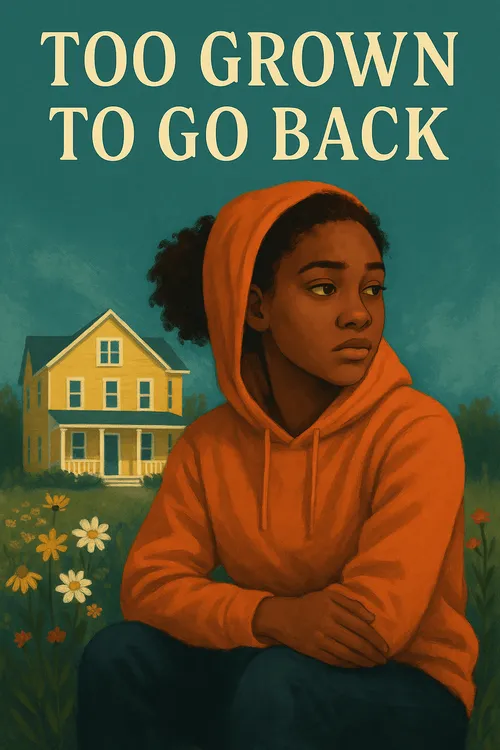

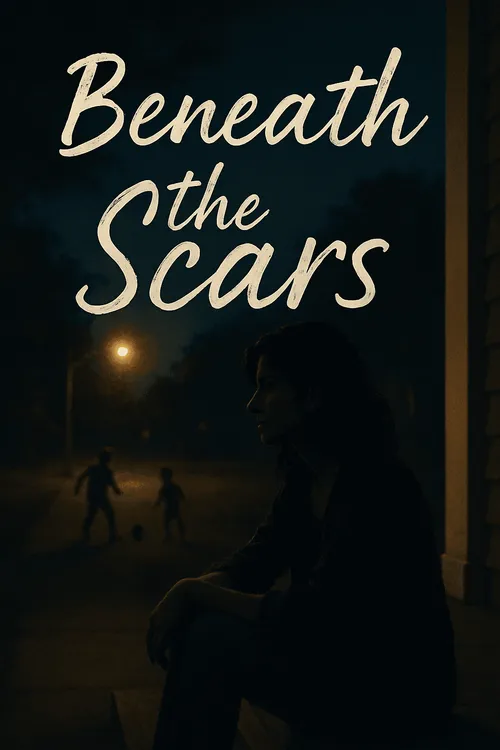




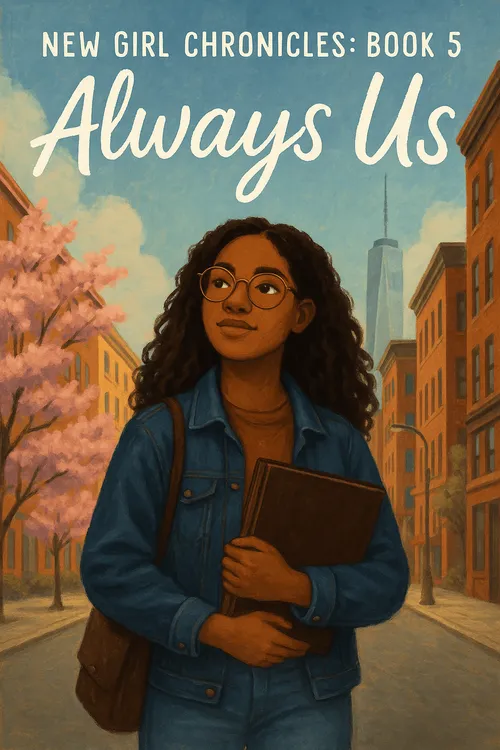

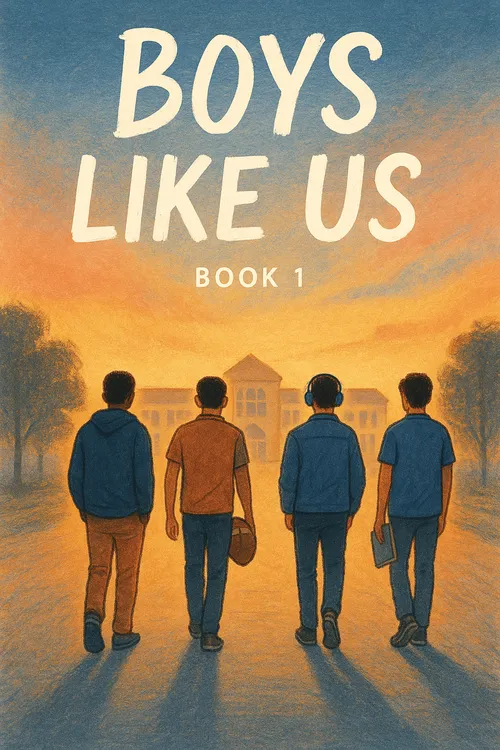
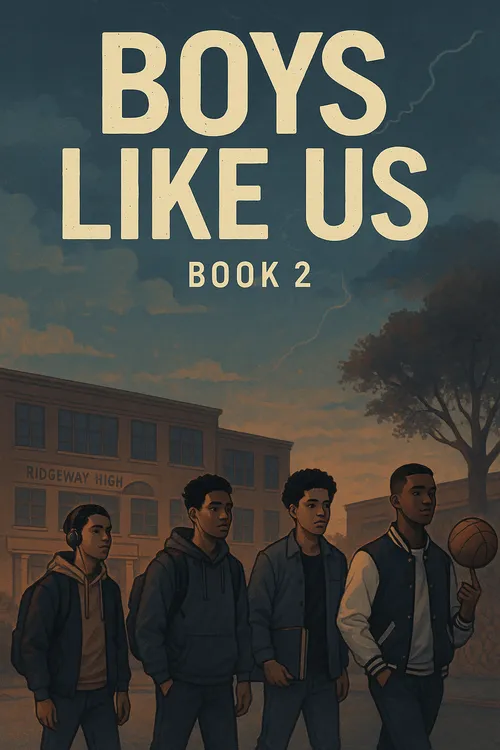
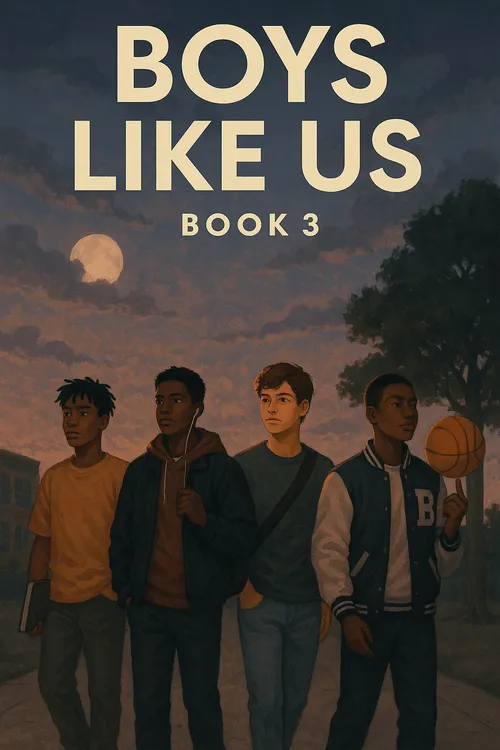
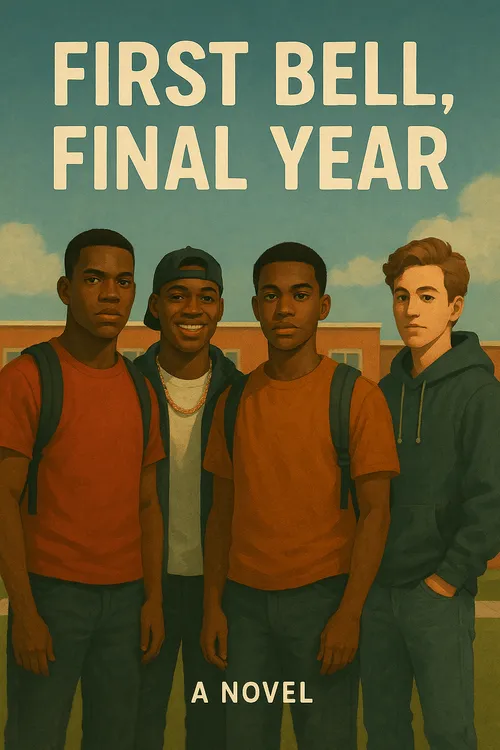
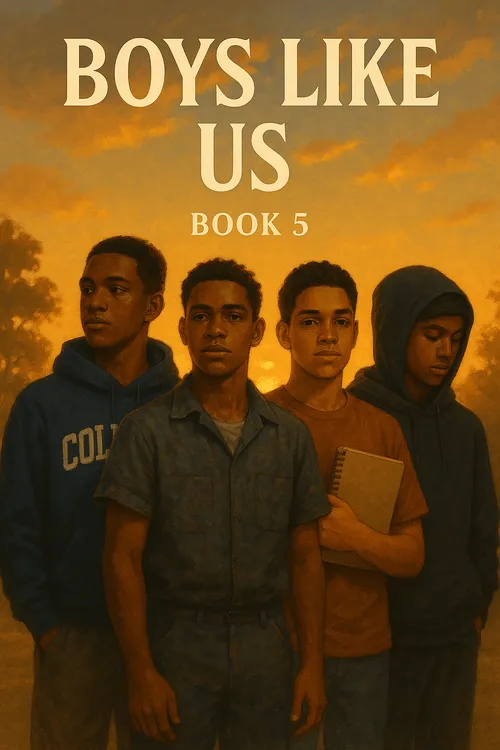
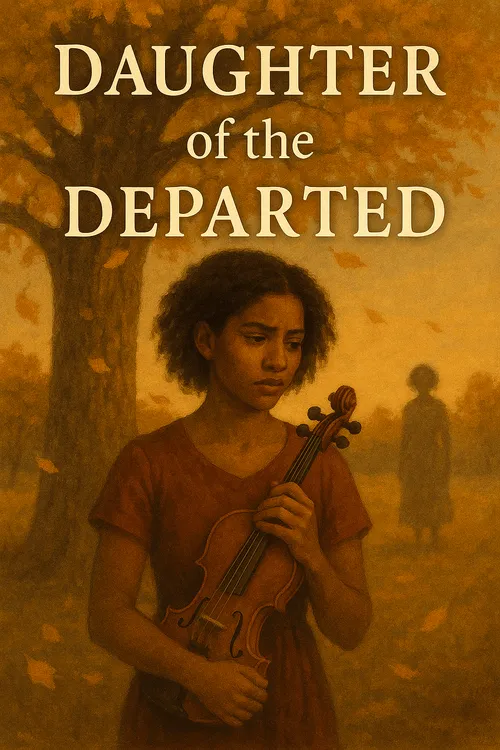
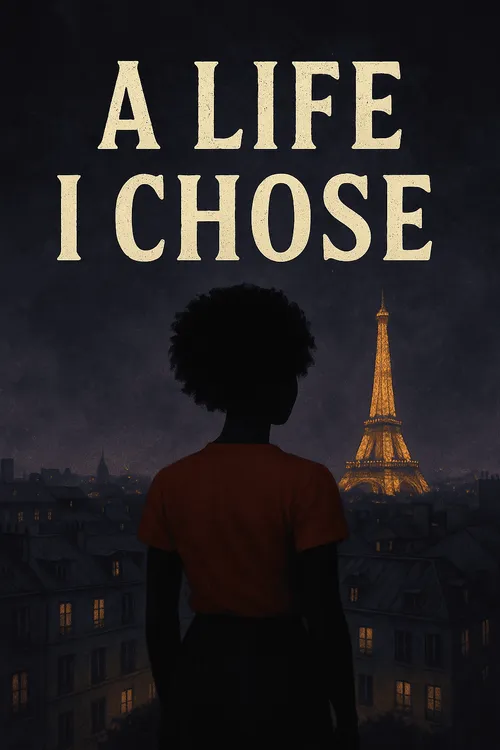
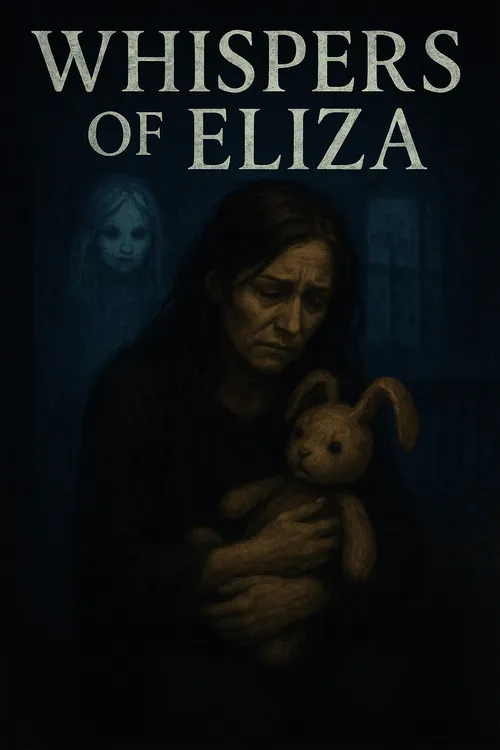

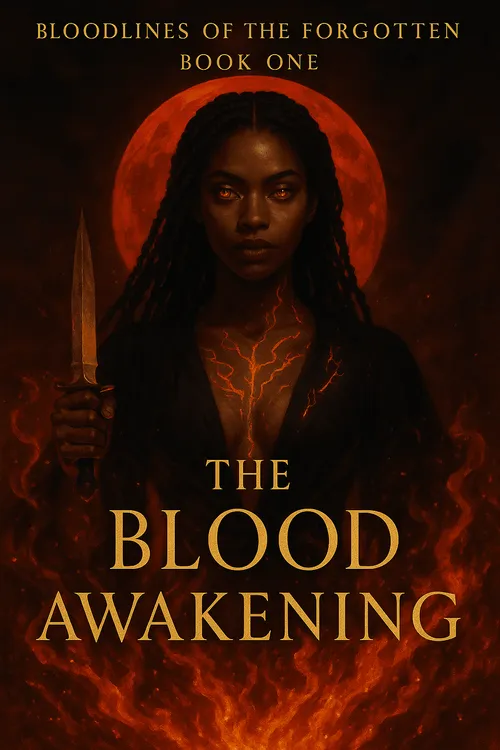
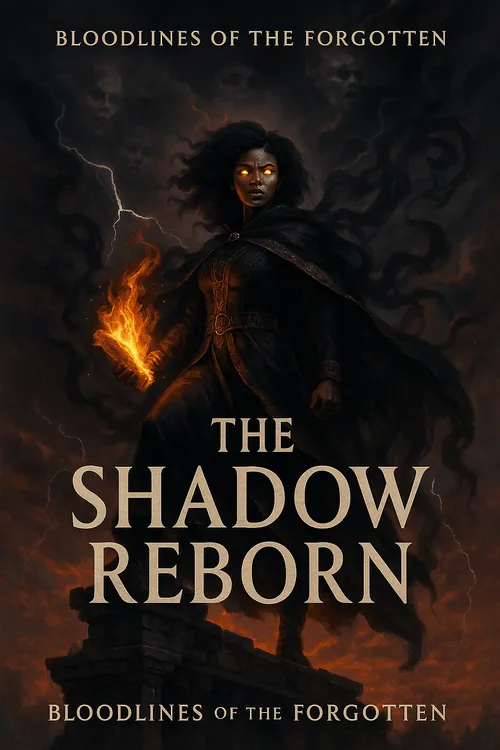
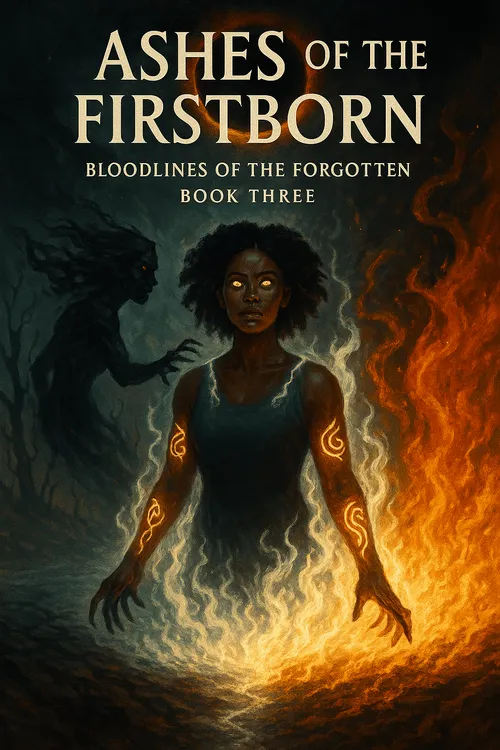

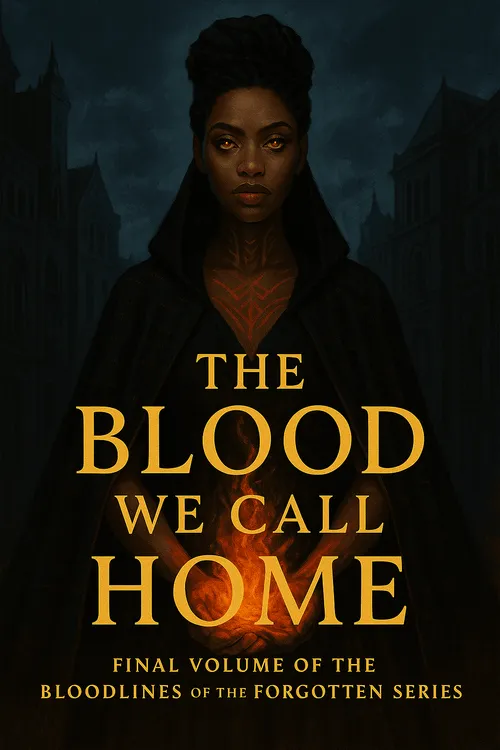


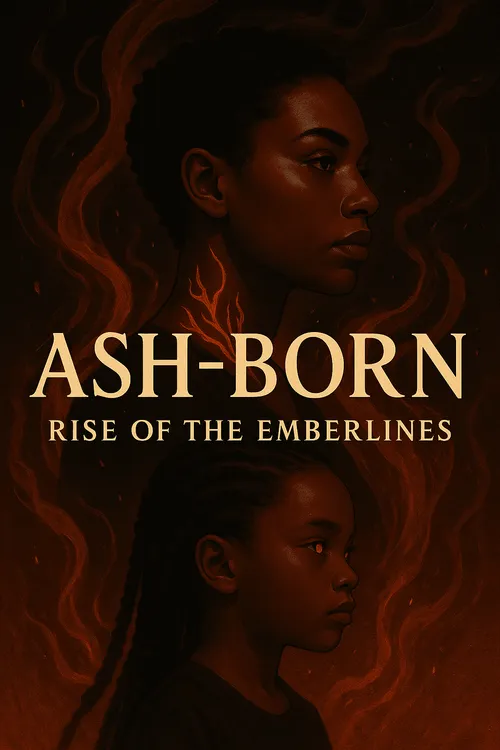


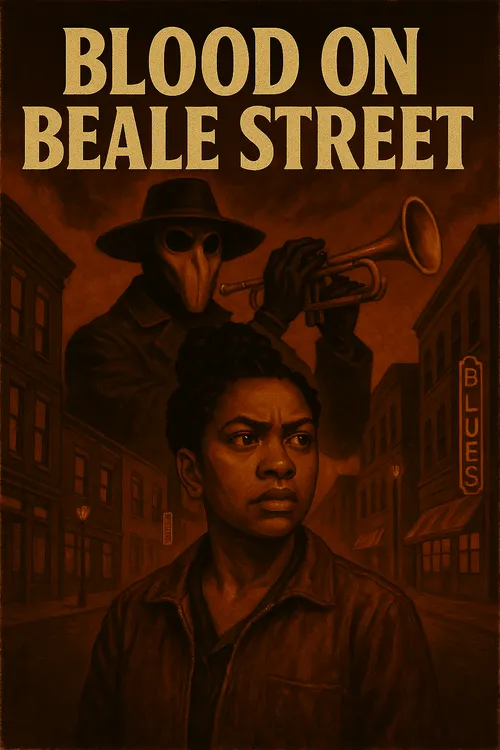
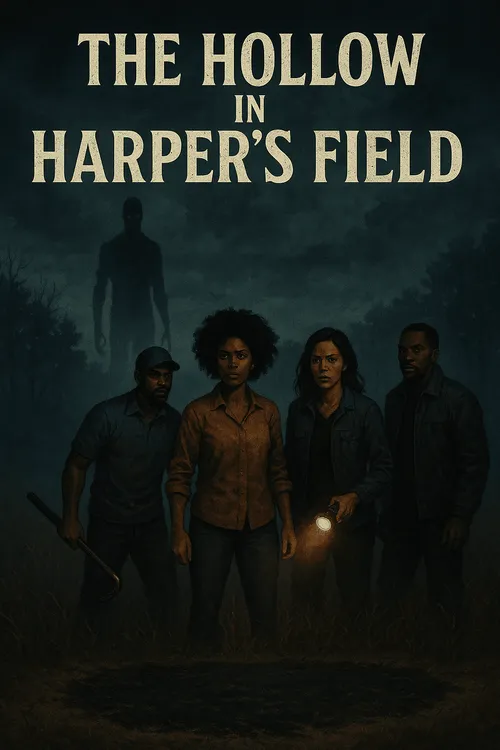
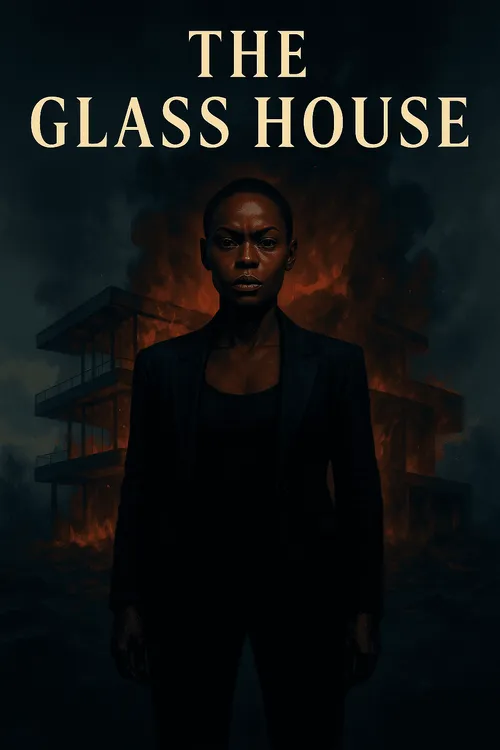



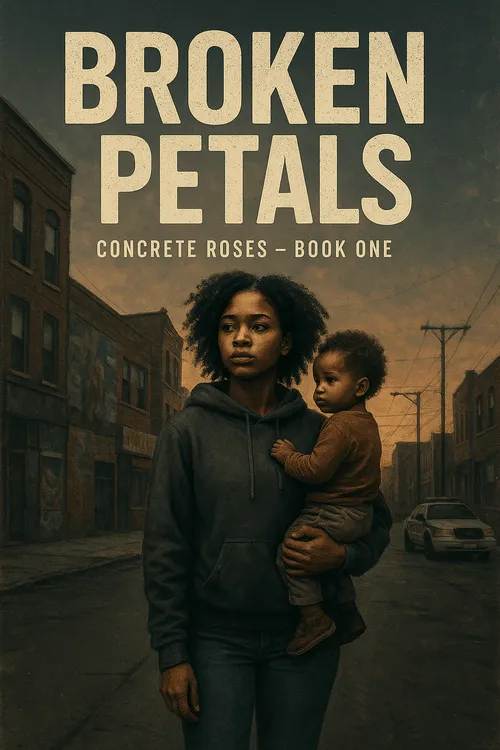
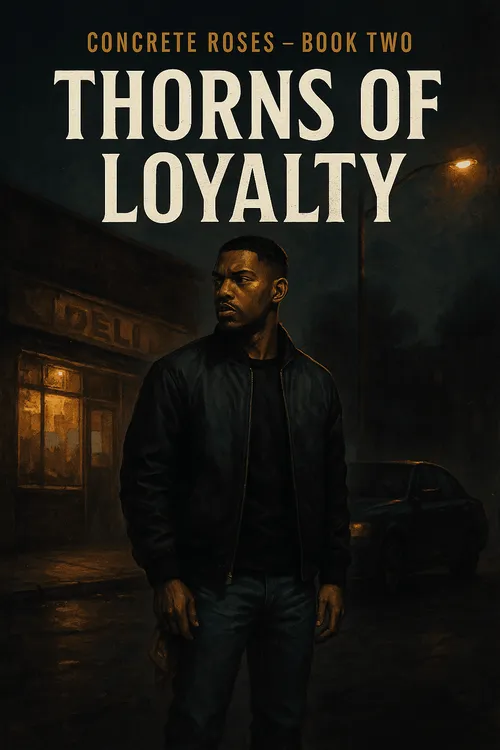
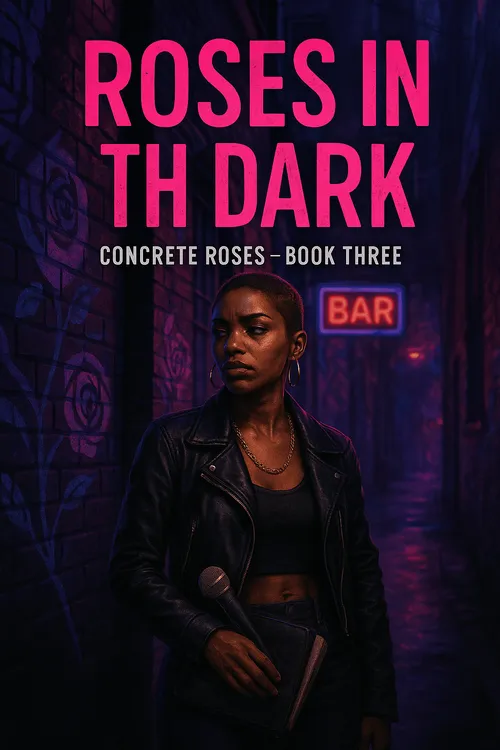
This story has not been rated yet. Login to review this story.